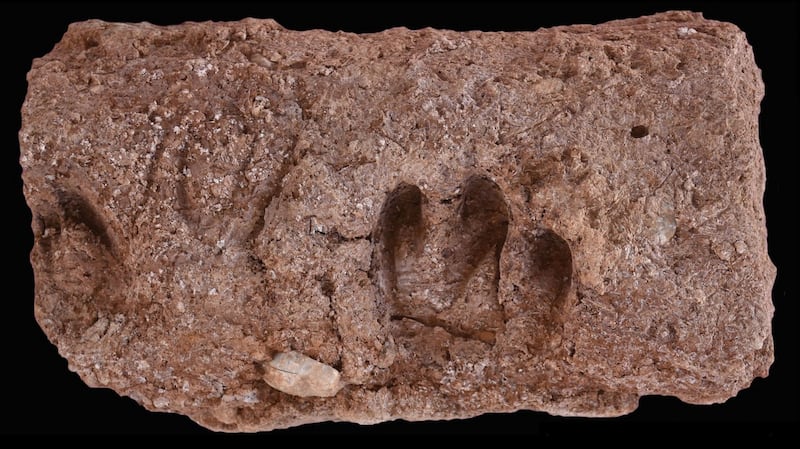Scientists including experts at Trinity College Dublin on ancient DNA have revealed the genetic make-up of the earliest goat livestock herds who inhabited the once lush landscape of western Iran, in the oldest livestock genome yet sequenced.
The findings, assimilated from DNA taken from remains of 32 goats that died some 10,000 years ago, provide clues to how early agricultural practices shaped the evolution of goats – and in turn the lifestyle of humans over following centuries.
The latest findings follow on from archaeological evidence that had previously pointed to the Zagros Mountains as providing the earliest evidence of goat management by ancient hunters and farmers. At Ganj Dareh, bone remains indicate deliberate slaughtering of male goats once they were fully grown.
In contrast, female goats were allowed to reach older ages, meaning early goat-keepers maximised the number of breeding female animals – similar to practices by herders in the area today.

A close relationship between early herders and goats is seen in the foundations of the Ganj Dareh settlement, with bricks bearing the imprint of cloven goat hooves. However, their goats resembled the wild bezoar, with a larger body size and scimitar horn shape.
Dr Kevin G Daly of TCD's school of genetics and microbiology, who was involved in the new research, said: "Our study shows how archaeology and genetics can address highly important questions by building off ideas and results from both fields. Our genetic results point to the Zagros region as being a major source of ancestry of domestic goats and that herded, morphologically wild goats were genetically on the path to domestication by about 10,200 years ago."
Genetic analyses indicated to the researchers that the ancient goats in question fell at the very base of the domestic goat lineage, suggesting they were closely related to the animals first recruited during domestication.
A surprising find, however, was the discovery from the 32 remains of a small number of goats whose genomes appeared more like their wild relatives – the bezoar ibex. This suggests these early goat herders continued to hunt goats from wild herds.
Development of agriculture
Professor of population genetics at TCD Dan Bradley underlined how techniques involving ancient DNA are providing insights into how modern agriculture emerged.
“Ancient DNA continues to allow us to plumb the depths of ancient prehistory and examine the origins of the world’s first livestock herds. Over 10,000 years ago, early animal farmers were practising husbandry with a genetic legacy that continues today,” he added.
The study has captured "the 'ground zero' for goat domestication, or close to it", David MacHugh, an animal geneticist at University College Dublin, told Science magazine. And because the advent of livestock domestication helped pave the way for larger populations and complex societies, "it is really one of the pivotal moments in prehistory", he believed.
Since the 1950s, archaeologists have unearthed ancient livestock bones near the Zagros Mountains. The area lies east of the Fertile Crescent, the region considered the cradle of agriculture and some early civilisations. Animal remains from the area show signs of domestication, such as smaller bodies and shorter horns. Evidence of early pig and sheep domestication has also been found in the region.
The latest collaboration included researchers at the US Smithsonian Institution and other scientists in Denmark, France and Iran. Funded by the European Research Council, the researchers' findings are published in Proceedings of the National Academy of Sciences of the US.















